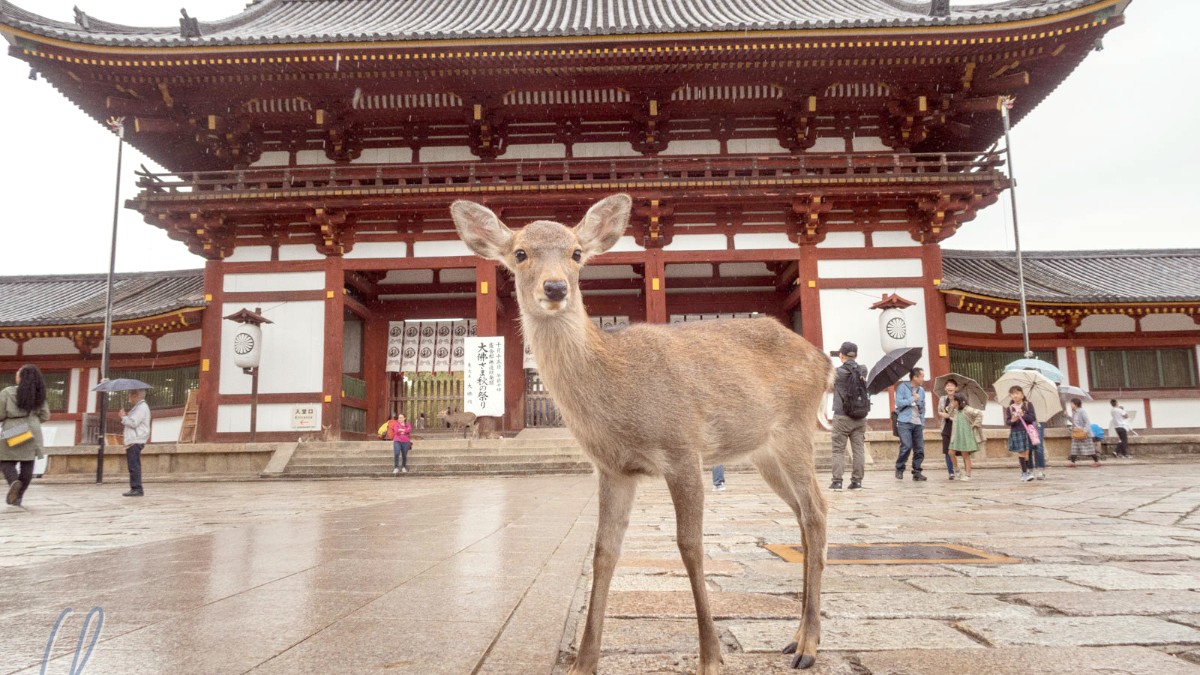
Kansai, Japan
Imagine walking through a park where ancient temples rise from lush greenery, and wild deer roam freely, bowing for treats. This scene is not a fantasy; it is Nara. Japan's first permanent capital captures hearts with its relaxed pace and deep historical roots. Here, you connect directly with centuries of tradition.
Nara is a special place in Japanese history as the nation's first permanent capital, known as Heijō-kyō, from 710 to 784 AD. This period, the Nara Period, marked a time of significant cultural and political development.
Buddhism flourished, leading to the construction of grand temples, including Todai-ji with its Great Buddha, and Kofuku-ji. The city served as the political and religious core of Japan, drawing influence from China and Korea. This era solidified many aspects of Japanese governance, art, and religion.
Over 1,200 wild sika deer roam Nara Park, interacting with visitors. This creates a memorable experience, where deer bow for treats purchased from vendors.
Todai-ji Temple, home to the Great Buddha, remains a marvel of wooden architecture, one of the largest wooden structures globally. Kasuga Taisha Shrine, with its thousands of lanterns, offers spiritual beauty and a serene atmosphere.
The old merchant district invites walks through traditional wooden houses, offering a glimpse into historical Japanese life.
Nara Park stretches across the city, providing vast green spaces for strolls and reflection.
The city maintains a strong connection to its past, with numerous UNESCO World Heritage sites.
Nara presents a quieter alternative to the bustling energy of Tokyo or Osaka.
The famed sika deer roam freely, engaging with visitors in an unique way.
Nara presents a captivating picture for any traveler. It is a city where history breathes, where ancient temples and shrines stand proud, and where an unique connection with nature thrives. The city provides a quieter alternative to the bustling energy of Tokyo or Osaka, enabling reflection and connection with Japan's heritage.
Nara offers a peaceful retreat, quite different from Japan's larger, faster-paced cities. Its open spaces and historical sites foster a calming ambiance.
The city dedicates itself to preserving its ancient structures and traditions, making it a living museum of Japan's foundational culture.
Nara is a place of tranquil parks, impressive historical structures, and engaging animal encounters, waiting for your visit.
Nara is rich with sites that tell the story of ancient Japan. Its main attractions are within or adjacent to Nara Park, making them easily walkable.
From grand temples to serene gardens, each place offers a distinct cultural and visual experience.
Home to the Great Buddha statue, one of Japan's most famous Buddhist images, housed in the world's largest wooden building.
A vast public park where thousands of wild sika deer roam freely, interacting with visitors for deer crackers.
Nara's most famous Shinto shrine, renowned for its thousands of bronze and stone lanterns, nestled in a primeval forest.
Beyond the main highlights, Nara features a wealth of cultural gems and serene landscapes that offer engagement with its heritage.